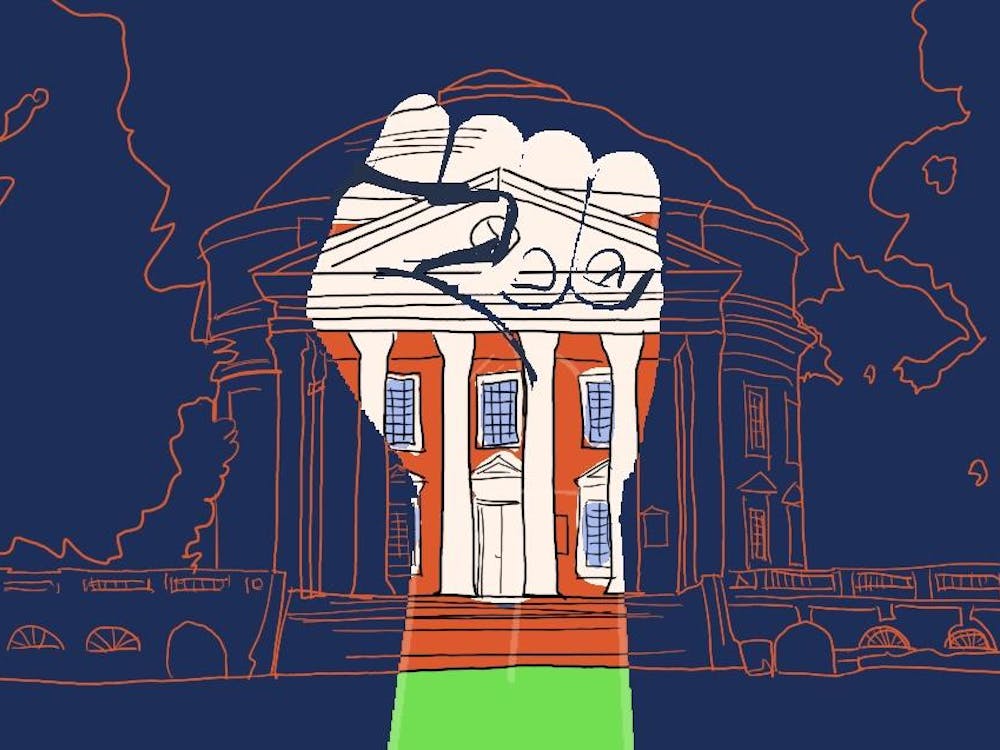For the last couple of weeks, Charlottesville and the University have been dealing with the ramifications of the violence which broke out during the “Unite the Right” rally and tragic death of Heather Heyer. People have used this rally and Heyer’s death as a rallying cry to bring down the Robert E. Lee statue in Emancipation Park. They vocally proclaim that the statue advocates white supremacy and therefore must be taken down immediately. However, the prevailing narrative surrounding the statue is not the whole story.
The far-left has a keen way of not telling the whole picture when it comes to items of historical importance. The left uses a part of Lee’s life (he fought for the Confederacy; the South had slaves; Lee also had slaves, therefore he must be a white supremacist) to fit the narrative they try to portray without giving the full and complex story. People do not know, and often do not want to learn, the history of the statue and of the man the statue portrays. From my perspective, the statue is a reminder of how far we have come as a nation have come and how far we still have yet to go. It is a reminder of the loss of life and the sacrifices we made as a nation. The combined total of deaths in the American Civil War was, according to the Civil War Trust, was a staggering 620,000. Hundreds of thousands of men died on both sides. Can this statue not be looked at as a memorial to those Americans who perished on the field of battle? Many people believe that all Southerners fought in the Civil War to preserve the institution of slavery. I would counter this commonplace belief with the fact that only one-third of southern whites owned slaves during the Civil War. Taking this fact into account, I find it hard to believe that men would die for an institution in which they have no personal investment. When bullets were flying at them, I believe slavery was the farthest thing from their minds.
That doesn’t mean, however, that there were not those in the Confederacy who fought to defend slavery. Many confederate sympathizers were racists, believing blacks and whites could never live as equals in harmony. However, we cannot forget there were also racists in the Union army as well, who had no desire to see blacks liberated from bondage. Nevertheless, we do not see anyone calling for the removal of Union statues. We should not tear down Confederate or Union statues because they show the history of our nation and a conflict like no other. The Lee statue is a war memorial for those, many from Virginia, who lost their lives in the conflict.
To understand the statue, it’s also important to understand the man it honors. From the beginning, Lee was against secession from the Union. He was a complex man no doubt. He held tight to the values that his father, “Light Horse Harry” Lee instilled in him from his time fighting for independence during the American Revolution. Lee was a product of Southern culture and society, with all its complexities, contradictions and sins. He held tightly to God, his family and his state. Lee fought for what he believed in and was willing to risk his life for his beloved Commonwealth of Virginia.
The left, from CNN to local news outlets, has labeled everybody who attended the Unite the Right rally as white supremacists and alt-right wing conservatives, who are racists and bigots. That is an infuriating lie. While there were no doubt white supremacists and alt-righters, some people were there solely to protest the planned removal of the statue. Just because they were at a rally and they are conservative does not mean that they hold white supremacist views. That did not stop the politicians (not just Democrats) from jumping at the opportunity to attack them.
I want to state unconditionally that white supremacists should be condemned, and conservatives like myself have continually condemned them and their actions. Considering this, it is astounding that there has been virtually no condemnation from the left against Antifa for their part in the violence on Aug. 12. It is pure hypocrisy to condemn violence on one side of the aisle and not the other.
We as students must be united in our stance against racism but also we must be united in our condemnation of violence, regardless of the politics of those committing it. We must learn our history or we will be doomed to repeat it. We as Americans and students on Grounds need to realize that we cannot compare today’s known truths to a bygone era where our truths were not universally accepted. We also must realize that there will always be those with different views contrary to our own. This does not mean we should resort to violence against those we disagree with, regardless of your place on the political spectrum. We must be above violence. We must come together and make a stronger university and a stronger community of trust. To do this, however, we need to let the truth be known, and we can’t do that if we’re tearing our history down.
Roger Herring is a third-year in the College of Arts and Sciences.







